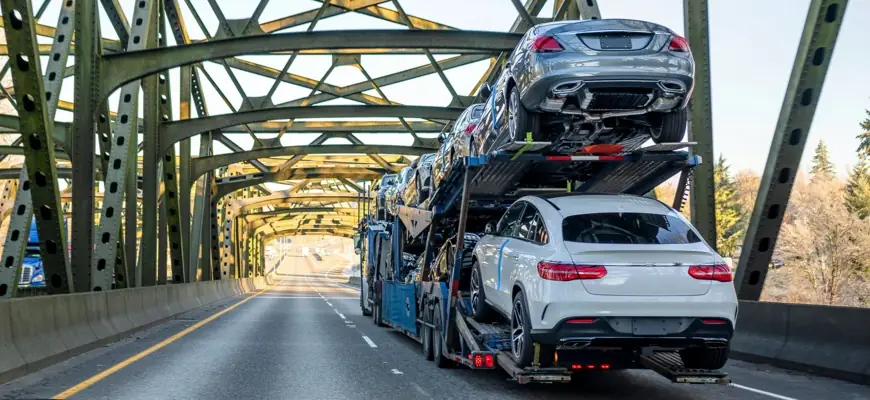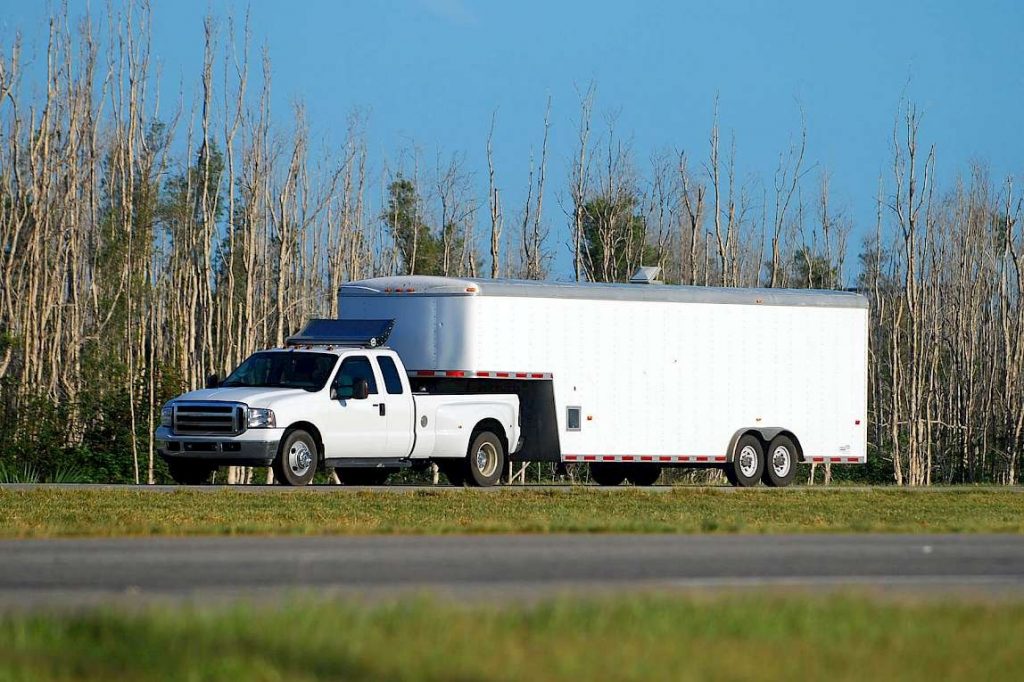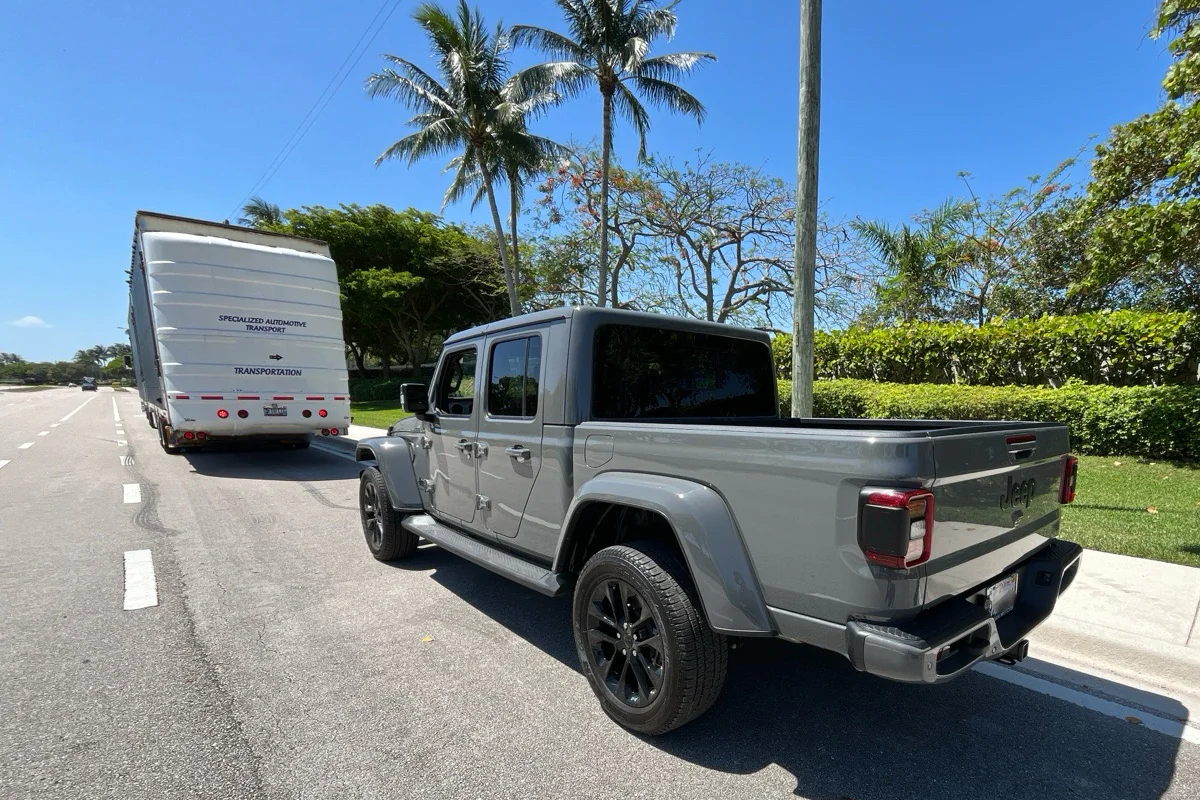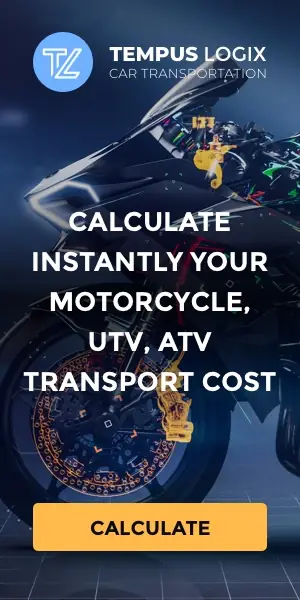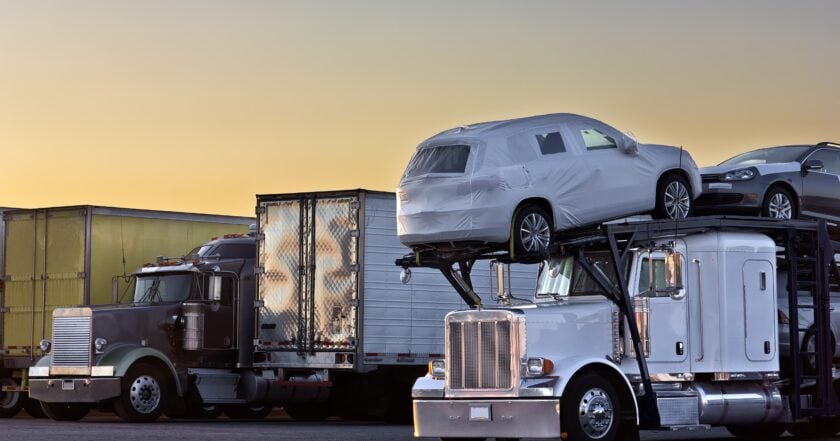With the increasing demand and the growing popularity of auto shipping services, there is a growing interest in learning about the main auto shipping procedure. Potential customers want to understand how the process works to acquire the needed knowledge to deal with auto transport companies.
Whether you’re a returning customer or looking for more in-depth information, this article offers a comprehensive examination of the auto shipping procedure to ensure you’re ready for the journey ahead.
How auto shipping works
Auto shipping specialized companies provide priority to easy and stress-free car moving. This section explains the simple procedure for transporting a car to its new location.
Before pick-up
Vehicle owners should first request an instant and free auto shipping quote to determine the cost of their car transport. It is recommended that clients obtain more than one shipping quote, so they can compare prices before deciding on a specific given one.
Usually, the cost they receive at first is more of an estimate than a final one. Once clients choose one of the proposed quotes, a customer service agent from the auto shipping company will contact them to confirm their auto-shipping details.
Afterward, the company’s agent arranges a convenient pick-up date and place after consulting with the client. The vehicle’s pick-up could be the client’s home address if they use door-to-door service or a nearby parking lot if the client chooses a terminal-to-terminal auto shipping service or if the carrier does not cover the client’s pick-up location.
Once pick-up arrangements are established, customers still have one task: gathering and preparing all the relevant documents the auto shipping company will request beforehand. These documents include the car’s registration, title, insurance proof, and driver’s information.
At pick-up time
The carrier driver arrives at the prearranged spot on the pick-up day to transfer the automobile into the trailer’s back with other cars. Both the driver and the customer thoroughly inspect the vehicle before loading It to record its state before shipping and note any present defects.
During the inspection process, drivers should fill out a legal document “Bill of Landing” which lists all information about the specifications and condition of the delivered vehicle.
The BOL assists the carrier and the automobile owner in comparing the vehicle’s post-transit condition to before shipping by proving its condition.
During the vehicle’s shipping
The car is loaded and driven to its new location during this phase. The customer care representative of the auto shipping company provides customers with regular information and estimated arrival times during the shipment procedure. Reputable businesses give their customers a tracking number so they may keep an eye on the whereabouts of their vehicles for peace of mind. They also use cutting-edge tracking solutions like GPS.
As for the auto shipping timeframe, a vehicle typically takes days to weeks. The length of the route, the locations of pick-up and drop-off, and the kind of vehicle are some variables that affect delivery times. However, finding a proper truck to move expensive vehicles could take more time, the time of year when the auto transport is requested, and whether or not the carrier will have to pass by rural or less popular roads.
At drop-off time
When vehicles reach their intended destination, the driver first calls clients and informs them of their vehicles’ pick-up date. The driver often calls in advance to give clients time to prepare. At this stage, clients meet the driver at the drop-off location they have previously agreed on, ensuring that they show up on time or assigning a trusted person to oversee the car’s inspection and delivery on their behalf if they cannot attend themselves.
Another inspection of the vehicle’s condition is conducted again before signing the BOL and finishing the transaction. According to the supporting documentation, this second inspection compares the vehicle with its state before shipment.
While inspecting the car, the driver and the owner check for any visible damages and examine the car’s undercarriage, odometer, and mechanical issues. Remember that the odometer reading should be the same as before shipping, and there shouldn’t be major mileage discrepancies when the car is delivered. Once all is checked and no damage in transit is spotted, clients can sign the BOL and receive their vehicles.
Still, if the damage is spotted, clients should ask their service provider to fill a claim or note the damage on the BOL before signing it, as it is their only chance to ask for compensation.
Conclusion
Having explained the full process of transporting a vehicle, we stress the importance of only trusting your vehicle to a licensed and experienced auto shipping company like Tempus Logix. At Tempus Logix, the professional team will take care of the whole auto-shipping process, ensuring a safe and proper delivery at the convenience that clients deserve.
Now, car owners can confidently hire auto transport companies after learning about the steps and stages of shipping a car. As for auto shipping, professional auto transport companies will always do their best to make the process as easy as possible.

